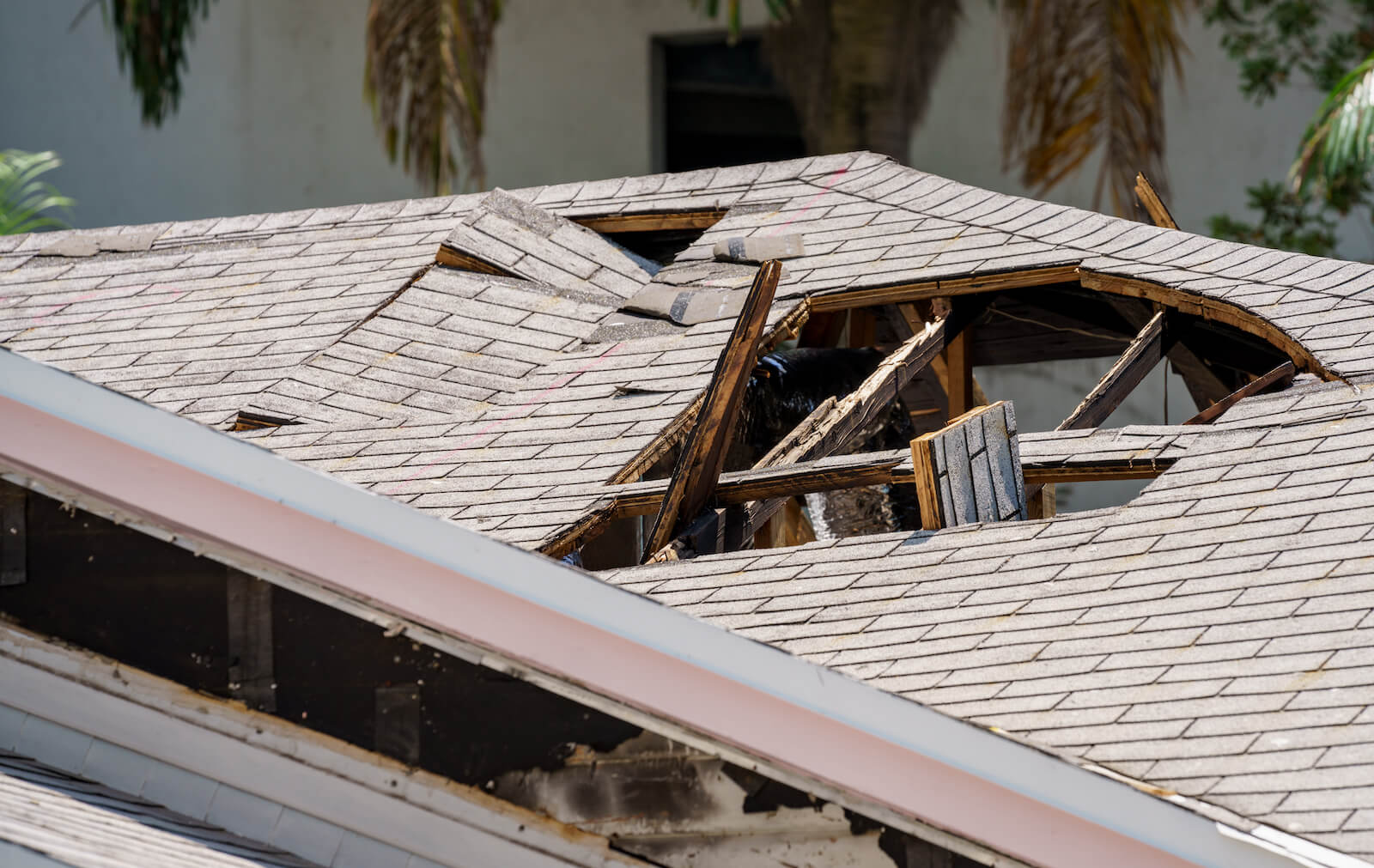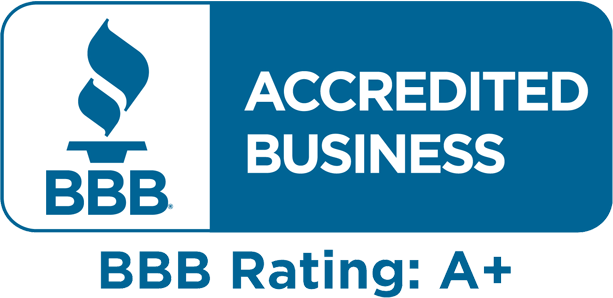Important Tips You Need to Know For A Roof Insurance Claim
So your roof is damaged. Fortunately, you have home insurance.
However, many homeowners encounter surprises while dealing with a roof insurance claim.

Some are disappointed by the insurance company’s low payout offer, for example. Others miss out on thousands of dollars’ of extra claim money because they don’t know what to claim or how to organize their claim.
Keep reading to discover some of the best tips, tricks, and strategies for increasing your roof insurance claim settlement.
Understand How Insurance Covers Roof Damage
The first and most important tip is to understand how a standard homeowners insurance policy covers roof damage.
A standard homeowners insurance policy covers hail damage to your roof. If a hailstorm damages your roof, then your homeowners insurance should cover the cost of repairing this damage.
A standard homeowners insurance policy also covers windstorm damage, fallen tree branches, and other things that could damage your roof.
Homeowners insurance typically also covers things like falling objects and weight of snow/ice. Generally, as long as the damage to your home’s roof was sudden and accidental, and not specifically excluded by your policy, then your insurance policy will likely cover it.
Be Aware of Special Hail & Wind Damage Deductibles
You may have a deductible of $1,000 on your homeowners insurance policy. However, your insurance company could charge a higher deductible for hail storm and wind damage.
Many states have passed laws allowing insurers to charge higher rates for hailstorm and wind damage. You could pay a higher deductible for your roof claim than you normally would.
These higher deductibles are designed to dissuade homeowners from making a roof insurance claim for minor damage after a hailstorm. Don’t be surprised if your insurer asks for a higher deductible for your roof insurance claim, and of course check your policy for any specific deductibles based on the type of damage or claim.
Check for Exclusions
Some homeowners insurance claims have exclusions for windstorms or hail. Others limit coverage and compensation for this type of damage.
Exclusions to check include:
- You can only buy “actual cash value” coverage for windstorm and hail damage on roofs of a certain age. Your roof may be too old to qualify for replacement cost coverage. After a hailstorm or windstorm, your insurer could replace your entire roof. Or, you could receive compensation based on the actual value of your roof minus depreciation. This difference could be worth thousands.
- Insurers in some regions exclude any roof damage. Your insurance policy may have a “roof exclusion,” for example. This means your insurer will not pay for damage to your roof as a result of wind, hail, rain, or other damaging events.
- Some insurance companies also deny claims where the rest of your home was damaged because of damage to your roof. If hailstorms damage your roof, for example, and cause water or snow to enter your home, then your insurer could deny claims related to any damage if there is no “storm created opening”.
By checking your endorsements and reading your policy thoroughly, you can avoid being surprised by any roof insurance claim exclusions.
Understand How Insurance Repairs Partial Roof Damage
In some cases, a hailstorm or wind destroys your whole roof and you need to replace your whole roof. In other cases, a contractor can repair the part of your roof damaged by the storm.
- A hailstorm may reduce the lifespan of your roof, for example. Your insurer may want to repair the entire roof even though there’s only partial damage.
- Or, there may be issues matching roof material. The contractor may be unable to match the original materials on your roof, for example, causing you to replace your entire roof.
Ultimately, don’t be surprised if your insurer wants to repair your entire roof even after partial damage.
Avoid Allowing a Contractor to Manage Your Claim
Some roofing contractors offer to manage your roof insurance claim. Even if they have good intentions, they’re rarely qualified to manage your insurance claim. In many states, this is illegal as only a licensed public adjuster or an attorney are able to “negotiate your claim on your behalf”.
Generally, it’s not a good idea to let your contractor file your claim or be the only person to meet with your insurance company.
Roofing contractors may claim insurance claims are complicated, and that they can eliminate stress and make life easier. However, roof insurance claims are quite often not overly complicated: ideally, your insurance company’s adjuster does most of the work.
If you are dealing with a large and complicated roof insurance claim or having a dispute with your insurance company about a roof claim, the best advice is to seek an initial consultation with a qualified claim professional such as a Public Adjuster.
Some roofing contractors even have malicious intent. They may want to manage your roof insurance claim to make more money: for example, they might demand a $20,000 payment from your insurance company to repair your roof, repair your roof with $5,000 of cheap materials, and try to pocket the difference.
Some states have passed laws preventing a contractor from filing your claim. In Texas, for example, it’s illegal for contractors to manage a hail and wind claim and fix your roof at the same time.
For all of these reasons and more, you should not allow a roofing contractor to manage your roof damage insurance claim.
Hire a Roofing Contractor – Not a General Contractor
Hiring a roofing contractor to repair your roof can often save money so that you can upgrade your roofing material. Instead of hiring a general contractor to subcontract a roof repair company, you can directly hire a roofing contractor to repair your roof.
Your insurance company may recommend roofing repair companies as preferred contractors. Or, you can independently reach out to roofing repair companies in your area (you’re not forced to work with your insurer’s recommended roofing contractors). Collect estimates, then choose the roofing contractor you like.
Understand Roof Damage Insurance Claims Are Among the Costliest Areas for Insurers
Windstorm and hail damage insurance claims are some of the most common and costly insurance claims in the United States. Some years, in fact, insurance companies pay more for windstorm and hail damage insurance claims than for any other type of covered peril.
The average roof damage insurance claim is around $12,000. Because of this relatively high amount, you can expect greater scrutiny from your insurance company. Be prepared to provide evidence to adequately prove and maximize your roof damage insurance claim settlement.
Get a Second Repair Estimate
Don’t rely on your insurance adjuster to determine the cost of repairing your roof. Instead, get multiple repair estimates from roofing contractors in your area.
Approach your insurance company with a written estimate. If the insurance adjuster is consistently undervaluing the cost of repairing your roof, then a written estimate could help increase your insurance claim payout.
Getting multiple repair estimates may not always be the best idea. In some cases, your insurance company automatically accepts the lowest repair estimate you received and you are then using a roofing contractor with no insurance, no warranty and poor workmanship.
Be Wary of Contractor Scams
Most roofing contractors are ordinary, hardworking people who want to repair your roof to pre-loss condition. However, roof repair scams are common – particularly after hurricanes or other major damage to a region.
Be wary of contractor scams, including the following:
- Contractors who go door-to-door after a natural disaster. Reputable contractors don’t generally go door-to-door after a natural disaster. Sometimes, contractors travel to a region after a major storm to get business, and those contractors may or may not be licensed in the area.
- Contractors who insist on a large upfront payment. Contractors may want a large down payment. However, contractors who want a payment greater than 10%, or $1,000, could be violating the law. Some states have laws requiring contractors to charge a down payment no larger than 10%, for example.
- Check licensing. Not all states require contractors to have a roofing license. However, ask for all applicable licensing information from the contractor to verify they’re a professional authorized to work on roofs in your state.
- Validate their insurance. Make sure your roofing company is insured and bonded so that you are protected from any accidents on your property or any damage that might occur due to an improper installation.
Be Aware of Common Commercial Roofing Exclusions
If you are making a roof damage claim through a commercial insurance policy, then check for exclusions. Just like residential policies, commercial policies have exclusions that could impact payout.
Common commercial roofing exclusions include:
- Your roof isn’t insurable due to its age. Just like a residential roof, a commercial roof could be too old for coverage.
- Your roof isn’t insurable because of materials. Some insurance providers deny a commercial roof damage insurance claim because of the material of the roof. Your policy may exclude coverage for wood or slate roofs, for example. Some policies also exclude coverage for expensive metal roofs, including copper roofing or metal shingles.
- Flat roof exclusions. Many commercial insurers exclude coverage for flat roofs. These roofs have a significantly higher risk of water damage. In fact, many businesses are forced to buy a specific type of coverage called commercial flat roofing insurance for properties with a flat roof.
- Exclusions for earthquakes, sinkholes, landslides, flooding, hail, or government action. Commercial policies often exclude coverage for earthquakes, government action, and war. However, some commercial policies also exclude damage to your roof caused by flooding or hail.
Check your commercial insurance policy upfront to be aware of any exclusions before it’s too late.
Take Roof Damage Insurance Claims Seriously, & Consider Hiring a Public Adjuster
Roof damage insurance claims are some of the costliest claims you can make for your home. It’s important to take roof damage insurance claims seriously. Missing documents could cost you thousands, and insurers could take advantage of your inexperience to reduce payouts significantly.
By understanding your policy, researching exclusions, and negotiating with your insurance company, you can maximize your roof damage insurance claim.
Alternatively, you can hire a public adjuster specializing in roof damage insurance claims to do all of this hard work for you – and put more money in your pocket when needed most.
Contact ClaimsMate today to speak with a public adjuster and maximize your roof damage insurance claim.






